February is a very busy month for those who are gardening! Even though it may feel really cold out (and if you’re like us you have snow on the ground!!), there’s still quite a bit that you can do this month! Our free iOS and Android app makes it simple for you to see what you can grow right now in your area! Check out the filter for “can be planted” and it will show you everything you can get started growing today!
Check out our YouTube video below to watch everything that Carrie is doing to get set up this month for a successful garden this spring!
Greens are one of our favorite things to grow! Growing these really helps encourage us to stay eating healthy because we always have food right in our backyard! February is when we are getting a lot of our greens started. Some of our favorites include spinach, swiss chard, kale, and collard greens. Lettuce is another cool-season green we grow a lot of, but doesn’t handle the cold quite as well. We usually start planting lettuce at the end of February as the nights warm up a bit. These greens are all packed full of nutrition and help with a variety of health issues. Check out our app to see the many health benefits that come from eating these healthy plants! You can even filter down by health benefit to see what plants help with certain conditions!
February is also a great time for planting onions! We generally buy packs of transplants from the nursery and plant these onions around our raised beds. Use a pencil or stick to poke a shallow hole in the dirt and drop the onion in. Keep them well-watered for a few weeks and they’ll produce full-sized bulbs by June!
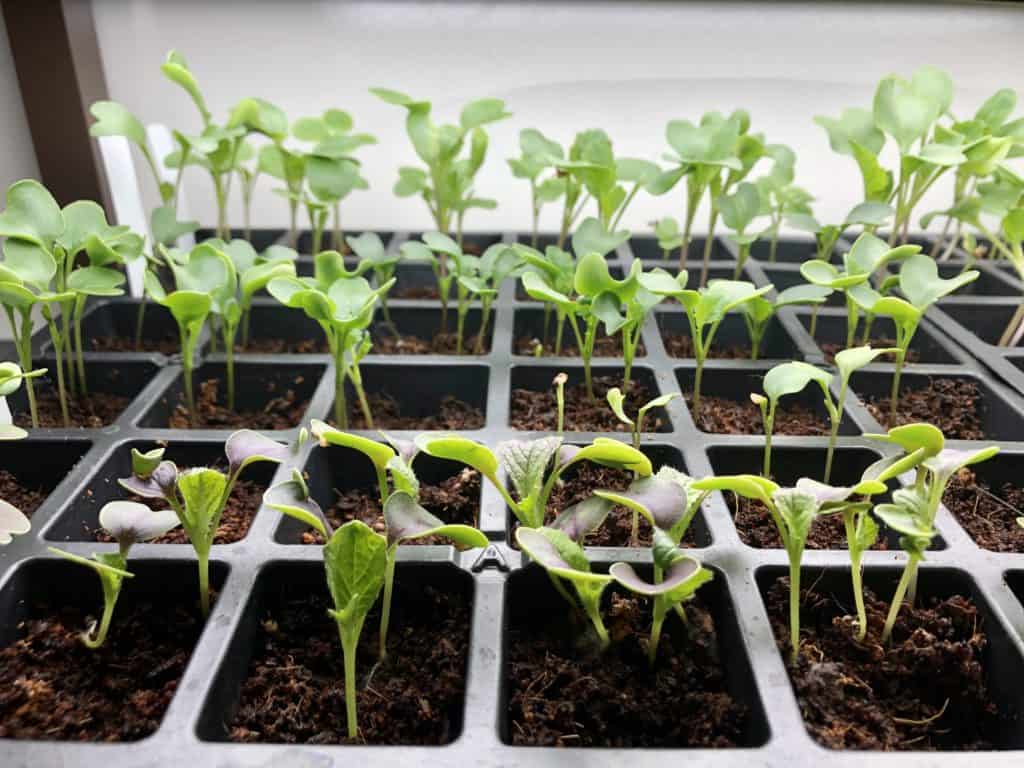
This month, we’re busy planning out our spring garden and planting seeds indoors in our indoor grow area! We have a section in our office just for our baby plants that we have under shop lights until the weather is right for them to be transplanted outdoors. We’ll be planting broccoli, cabbage, and cauliflower indoors this month. These plants are usually started indoors because our window of opportunity for optimum growing temperatures is pretty short here in Oklahoma. Some varieties can have a growing season of up to 4 months and our temperatures get too hot before they’re able to produce.
It can be easy to start your own plants indoors! We created a DIY grow rack seed starting system in our office that allows us to start up to 1,152 seeds at a time for less than $100! We’ve saved so much money with this setup! Instead of having to buy transplants from a nursery, we’re creating and growing our own transplants and picking our own varieties. Check out our video on our YouTube channel for details on how you can build this!
We’ll also start planning ahead and start shopping for seeds for our tomatoes and peppers! Don’t forget you can use our free iOS and Android app to shop from all of Park Seed’s quality seeds! We’ll help you filter their huge list of seeds down to the varieties you care about and we’ll guide you through growing your own food From Seed to Spoon!

Carrie Spoonemore, co-founder of “From Seed to Spoon,” stands as a beacon of inspiration for gardeners and health enthusiasts alike. Her journey alongside her husband, Dale Spoonemore, in creating a platform that demystifies gardening and promotes a healthier lifestyle, has made a significant impact on individuals around the globe. Through the “From Seed to Spoon” app, Carrie has dedicated herself to empowering people to take control of their health and environment by growing their own food.
With a profound belief in the power of gardening to improve mental and physical health, Carrie’s contributions to the Seed to Spoon blog reflect her holistic approach to wellness. Her articles often focus on the nutritional benefits of homegrown fruits and vegetables, organic gardening practices, and the mental health benefits of spending time in nature. Carrie’s expertise in health science shines through in her detailed discussions on how specific plants can contribute to a balanced diet and overall well-being.
Carrie’s passion for gardening is deeply intertwined with her commitment to family and community wellness. She frequently shares personal stories of how gardening has brought her family closer together, offering practical tips for involving children in gardening activities and making it a fun, educational experience. Her writing encourages families to explore gardening as a means of spending quality time together while learning about nature and sustainability.
In addition to gardening advice, Carrie’s contributions to the blog include insights into the use of technology to enhance the gardening experience. She has played a crucial role in designing the “From Seed to Spoon” app to be user-friendly, ensuring that users of all ages and backgrounds can navigate the complexities of gardening with ease. Her vision for the app is not just as a gardening tool but as a vehicle for change, inspiring individuals to adopt a more sustainable lifestyle by growing their own food.
Carrie Spoonemore’s presence on the blog is marked by her compassionate approach to teaching and her unwavering belief in the transformative power of gardening. Her work continues to inspire a community of gardeners to pursue a healthier, more sustainable way of living, proving that with the right tools and knowledge, anyone can become a gardener and advocate for their health and the planet.

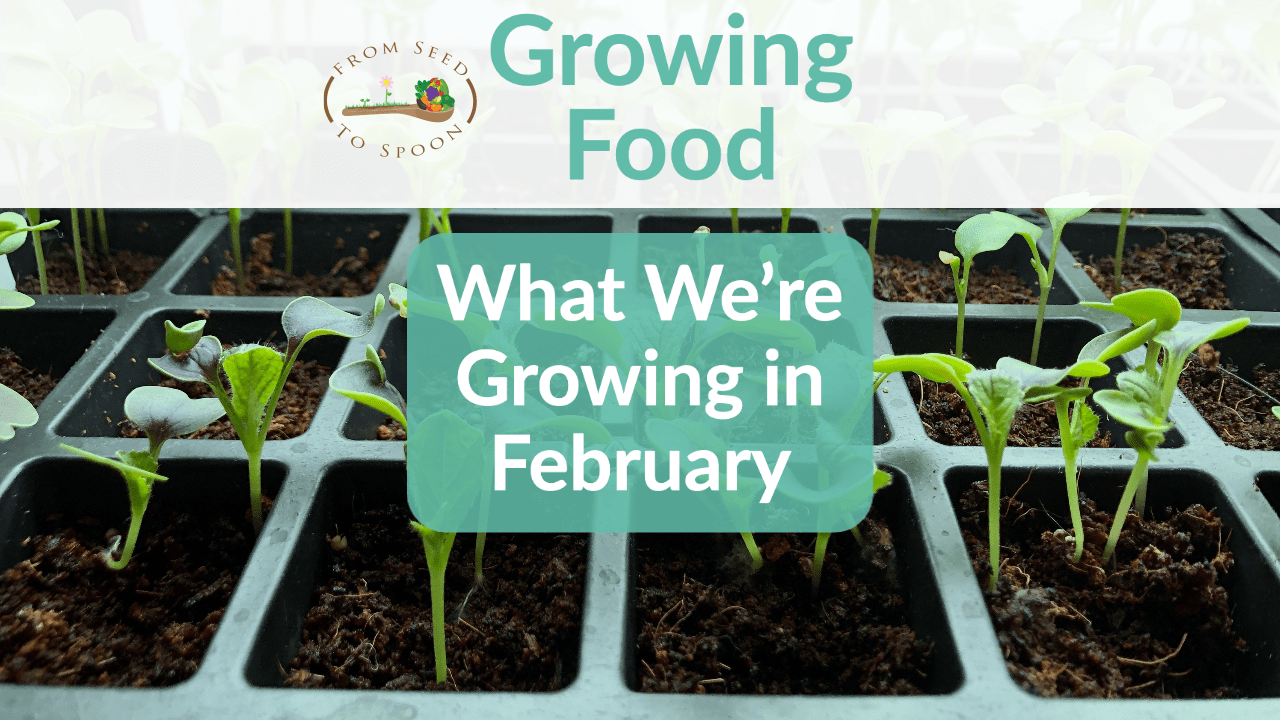
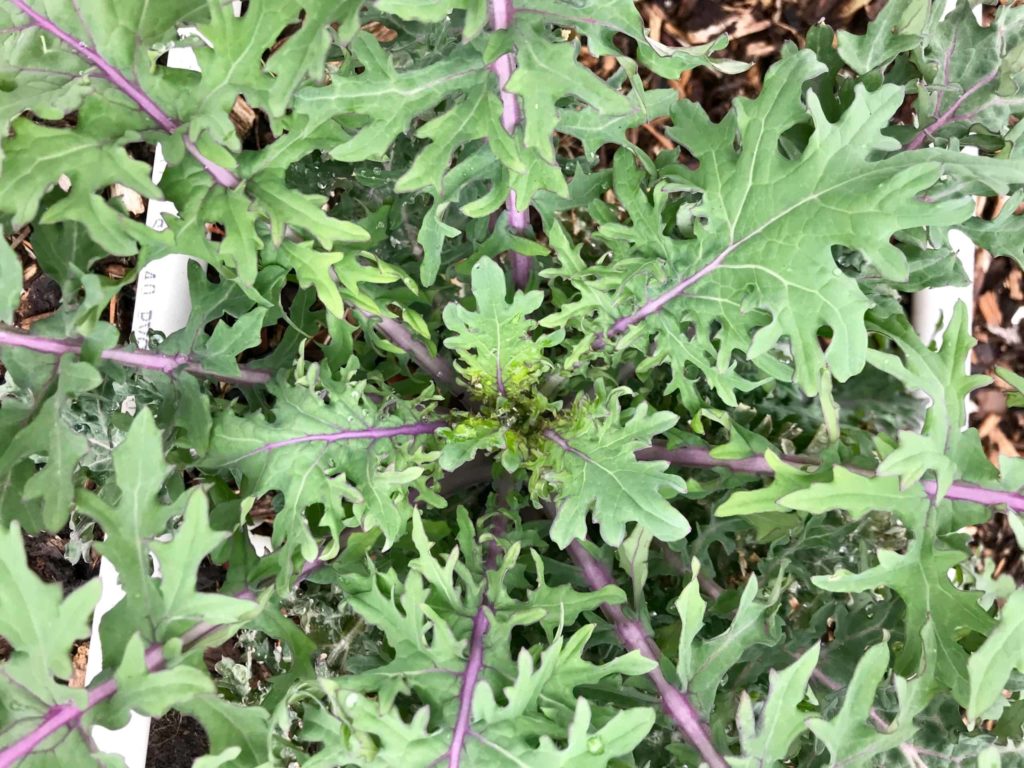
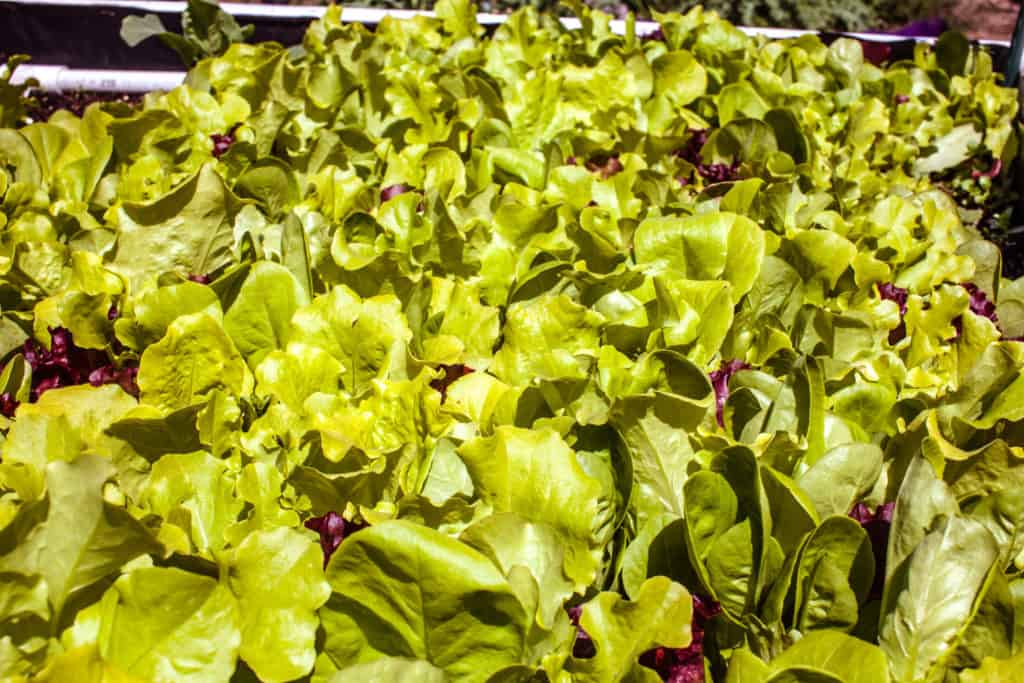
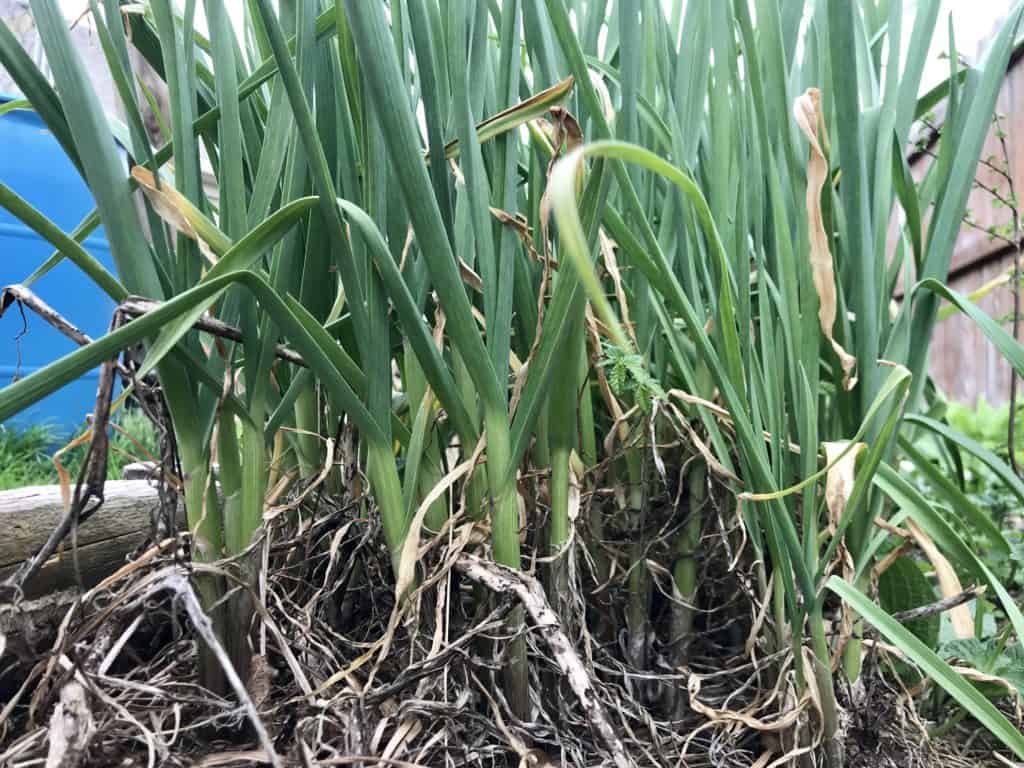
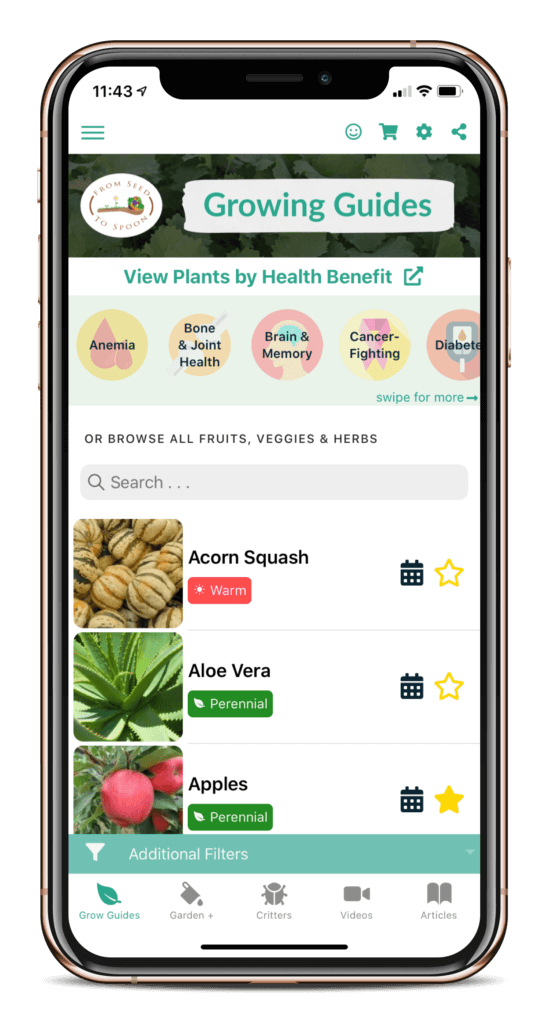

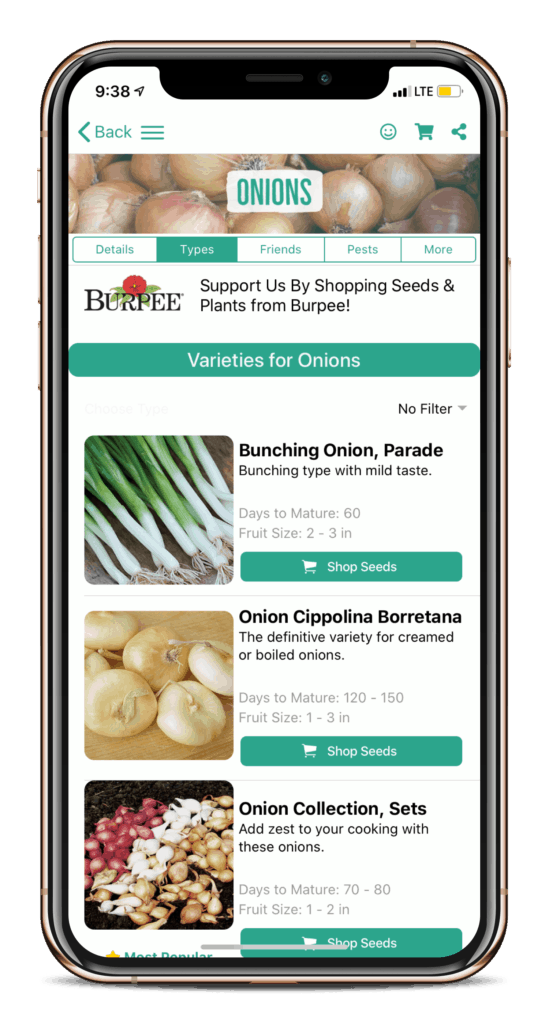




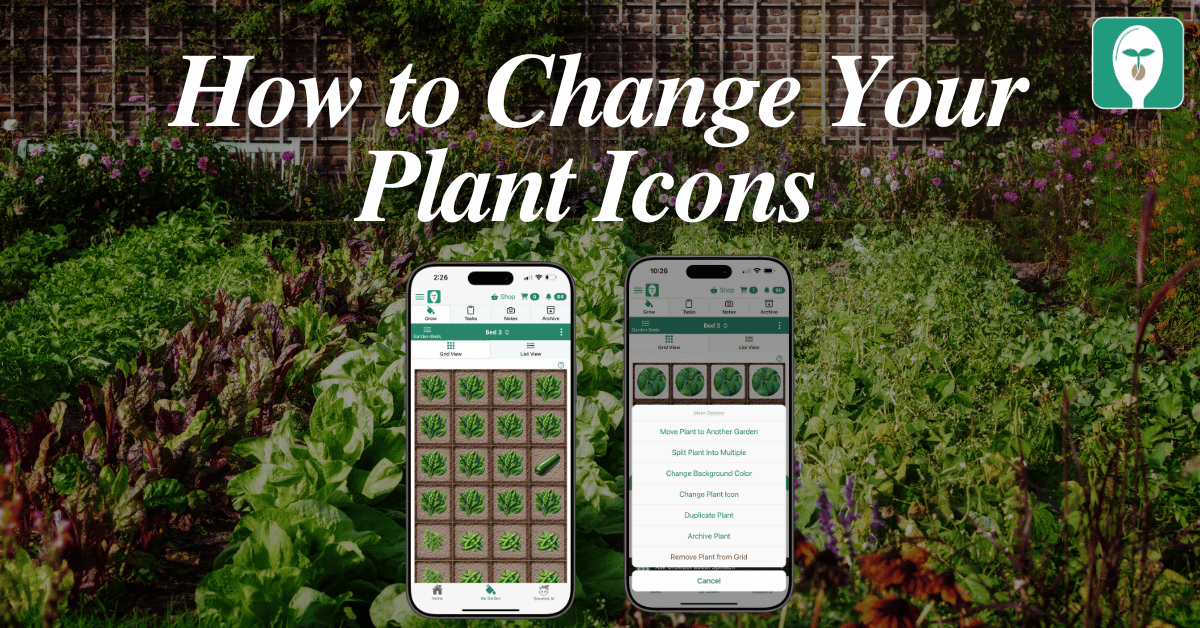
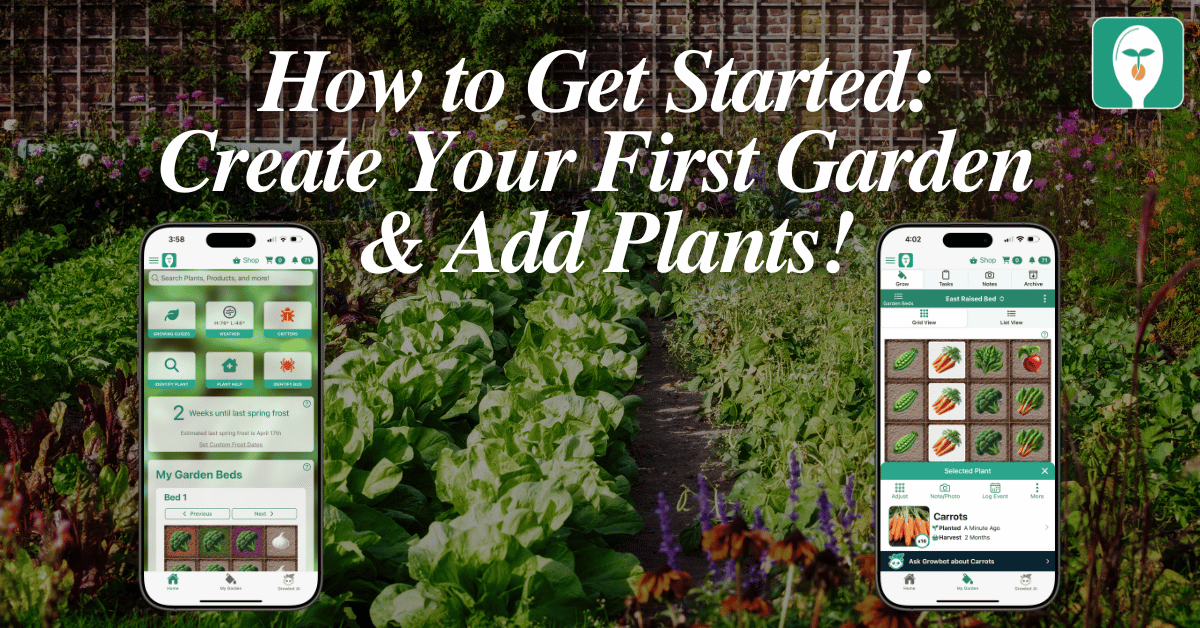

3 thoughts on “February: What We’re Planting & Growing in Our Backyard Vegetable Garden”
It seems odd that you can describe vegetables to be planting in Oklahoma, as if it applies to the entire state. In California, the distinct regions are so much smaller and so numerous. What is relevant in the Santa Clara Valley may not be relevant in Santa Cruz, and may not be relevant in the Los Angeles region.
This is awesome!
We grew kale in our urban garden two years ago and didn’t die over our New England winter and came back last spring to our surprise. Despite a milder winter here it died. I’ve heard that kale has a two year cycle and the seed pods are produced in the second summer. Do you keep yours in the ground or pull it out before the second season. Wondering if there is any benefit (besides seed pods) to keeping it in the ground a second year. Thanks for any insights!